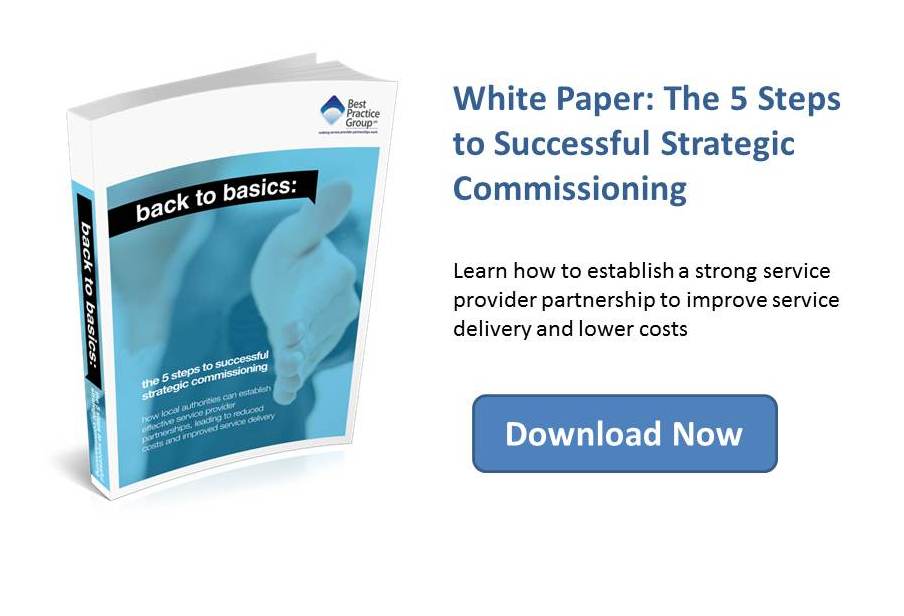
According to the Government Technology Innovation Strategy policy paper, published in June, the UK is “a world leader in using innovative techniques enabled by technology to deliver outstanding public services”. The Government Digital Service (GDS) was created to support this work.
But as technology rapidly evolves, new systems and processes need to be implemented for us to keep up with the rest of the world. One of the primary takeaways from this policy paper was its author’s focus on a need for greater research into the way business cases are formed by the civil service when it comes to digital transformational projects to ensure greater efficiency and impact.
Business Case Review – Working Together for Common Goals
Central to the matter is the belief that by finding ways to work together towards common goals on digital projects, different ‘Government entities’ might benefit from greater innovation.
The GDS team is led by Sue Bateman, Deputy Director of Innovation. She is reported as saying: “Where we were coming from in terms of business cases was [asking] how do we enable public sector organisations to join up more effectively together where there is a shared aim and objective, and help them to demonstrate the benefits for a number of organisations that may reach beyond a traditional business case with one organisation.”
A Flawed Business Case Model?
In an article on PublicTechnology.net, it’s suggested that the current ‘five-case model’ used by civil servants to build business cases – making strategic, commercial, financial, economic and management arguments for the project – may well be flawed due to the level of cost-certainty required.
With digital transformational projects being so notoriously full of uncertainty, the article suggests that the GDS are right to look for new ways for the viability of such projects to be assessed.
Breaking Down Walls to Encourage Innovation
Essentially, the aim here is to break down the walls between public sector departments, institutions and organisations to have them benefiting from collaborative working, getting together to improve similar working practices and systems which may then be more cost-effectively implemented and encourage greater innovation.
We continually see this dilemma. A need for much greater collaboration and the breakdown of fiefdoms is the only mechanism we have found to date that really works in practical terms.
To enable this, we find that collaborating between departments to develop ideas around shared aims and objectives is the first step. Secondly, early thoughts around how those shared aims and objectives might be mobilised in practical terms.
From that, once the trust between you all starts to build (and this does take time – there is no shortcut to building trust that will provide you with lasting and sustainable results), you can work together to firm up your ideas and outline mobilisation plans to start developing an outline business case.
6 Tips to Help Deliver your Project’s Business Case
The key steps we have found most effective to start this process of trust building between everyone, are:
1. What does good look like?
Travelling towards a vague destination is never good enough for the development of a workable business case; therefore, it is vital that all parties looking to benefit from a digital project are in agreement on a number of fundamental things. Among them are –
- the business outcomes the project is looking to achieve
- the resources each party must invest
- why you feel this transformation is required in the first place.
The greater your clarity in these primary considerations, the better.
2. Objective and milestone quantification
Knowing what good looks like is vital, but it’s just as important to know what good looks like in quantifiable detail. What is your current situation, what outcome are you looking to achieve and what’s the quantifiable difference between the two. Then it makes sense to identify milestones along the way so you can determine whether you’re on course to your goals. Clarity first, communication second and understanding third – because we always need to make sure that what we’re saying is fully understood by all parties to have any hope of achieving a successful outcome.
3. Get to know who you’ll be working with
We’re all very different, the organisations, departments and individuals you’ll be partnering with when collaborating on a project, so it pays to spend a significant amount of time getting to understand their ways of working, their motivations, aspirations and ‘buttons’.
Any insights you can gain that will help you to minimise ambiguities and maximise understanding during your discussions with them will be incredibly useful, and will often avoid costly mistakes and misinterpretations.
To foster greater trust and understanding, it may make sense to build a leadership team that includes individuals from all parties. All this can be incorporated into your business case.
4. Are all parties on the same page?
All projects offer up a combination of risks and opportunities. The only way to mitigate one and maximise the other in a collaborative project is to ensure that everyone appreciates that the challenges ahead of them, and the rewards that may come from the work, should be shared.
If one party sits back while the other strains forward, this will only cause frustrations down the line; therefore, you need to identify the right collaborative behaviours in your business case. Encouraging these collaborative behaviours throughout the project from each party is an important requirement.
5. Breaking through the silo mentality
When different departments or organisations collaborate there can be a reluctance, by some, to share information, responsibility and resources. Issues around perceived competitive advantage, ego conflicts and trust can stand in the way. However, when you partner with another to deliver on a digital project, it’s important to loosen your grip on the tiller a little if you hope to gain from the collaborative relationship.
The ‘two heads are better than one’ theory comes into play, as greater knowledge and innovation can certainly come from true collaboration. Your business case could incorporate suggestions on how you imagine you may be able to soften any potential obstructions.
6. Ongoing shared commitment
Nobody’s glossing over the fact that collaborative working relationships can be a complex management challenge. You’ve got the potential for competing ambitions, aspirations, impressions and expectations to deal with, and the strength of your relationship will be tested.
However, gaining all appropriate buy-ins, setting hierarchies, roles and responsibilities in stone and then monitoring and actively maintaining this relationship throughout the project is likely to generate significant rewards.
Be mindful also of the fact that collaboration only works when your aspirations are aligned and as this may change over time. It’s important to regularly review the things most likely to bring you together or tear you apart to ensure that the relationship has staying power.
Conclusion
The most important part of any procurement process is, before you start, to have good clarity of how the organisation will change once the service/solution that is being procured has been implemented and is running to BAU.
As part of this process, there is a need for the development of a detailed business case, and for that business case to have the best chance of success it should contain qualifying aspects of all of the points raised above. This emphasis is increased for any digital transformation projects you’re considering taking on in the near future.
These huge, complex undertakings require a delicate, nuanced management approach, especially when you’re considering collaborative working with another department, institution or organisation. So, it makes sense to build as clear a business case as you can, taking into account all the opportunities and risks, mutual and individual commitments, and aspirational goals.
Photo credit: iStock


